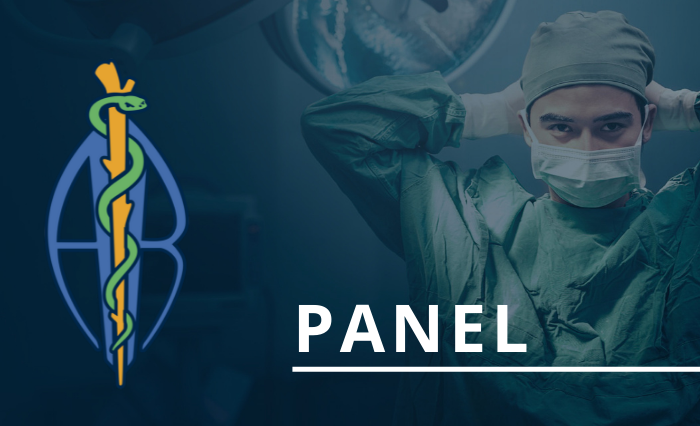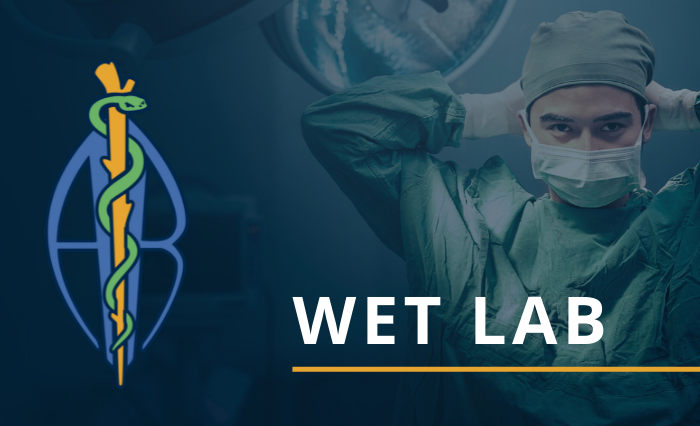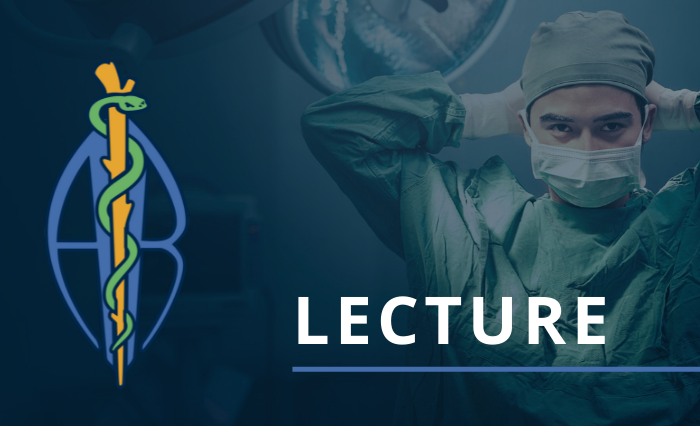Curious George Goes to The Podium

Date: Wednesday, October 11, 2023
Time: 2:00 pm CTDuration: 30 MinutesRoom: Cumberland Ballroom, Salon ABCD
Moderators: Leslie Stoll, Steven Kreuser
Nose Cone vs Intubated Ventilation During Open Chest Surgery in Rats – Nina Krutrök, AstraZeneca
The aim of this study was to investigate if nose cone ventilation is comparable to endotracheal intubation. The latter is the most common approach for air delivery to rats undergoing open chest surgery for cardiovascular research during for example induction of myocardial infarction or epicardial injections. This method of air delivery is technically challenging leading to prolonged procedures and increased risk of endotracheal complications such as laryngeal damage and laryngeal edema, oral pharyngeal and/or tracheal laceration due to multiple intubation attempts. Nose cone ventilation is a technically simpler ventilation technique that could be used as an alternative to endotracheal ventilation.
Methods:
The experiments were conducted as terminal experiments using 12 male Lewis rats. Six animals per group, nose cone vs endotracheal intubated.
The animals were anesthetized with isoflurane (5%) and air (1000 ml/min) and oxygen (100ml/min) mixture was used as carrier gas. After anesthesia induction the animals were connected to the ventilator breathing through a nose cone or an endotracheal tube. Anaesthesia was maintained by isoflurane throughout the experiment.
A catheter was inserted in the right carotid artery for monitoring of mean arterial pressure (MAP) and heart rate (HR). The catheter was also used for sampling for blood gas analyses.
An electrocardiogram (ECG) was recorded from three lead skin electrodes.
Results:
Methods continue: A thoracotomy was made between the fourth/fifth intercostal space to access the thoracic cavity.
Samples for analysis of blood gases were collected from all animals at:
• 0, 10, 20 & 30 minutes after surgical preparation for MAP and collection of arterial blood (baseline)
• 0, 10, 20 & 30 minutes after open chest surgery
• 0, 10, 20 & 30 minutes after closure of the chest
Hemodynamic features and blood gases from intubated rats were systematically compared to nose cone ventilated rats during open chest surgery.
Results
Throughout the monitoring period the hemodynamic and blood gas values for both methods of ventilation were within published, normal ranges for the rat and were biologically equivalent.
Conclusion:
Results Continue: There were no statistical differences between the two groups (equivalence test p value≤ 0.05).
Conclusion
Nose cone ventilation maintained quality of oxygenation while reducing procedure time. This combined with avoiding endotracheal intubation complications improved animal welfare.
In our experience nose cone ventilation is easier and quicker to perform also for experienced animal surgeons/technicians and can be recommended in rat experiments where investigators require respiration control as an alternative to endotracheal intubation.
Comparison of Two Anesthetic Protocols for Telemetry Implantation Surgery in Nonhuman Primates: A Retrospective Study of 117 Cases – Stephanie Caron, Charles River Laboratories
Safety assessment of cardiovascular function in non-human primates (NHP) is routinely performed using telemetry. The wireless devices are surgically implanted to measure biological signals in conscious animals. Anesthetic protocols for this type of surgery were updated in our facility in early 2022. The objective of this study was to retrospectively compare the prevalence of anesthetic complications and the overall recovery time between two anesthetic protocols.
Methods:
Surgery records for the implantation of telemetry devices for ECG and blood pressure monitoring performed in NHP between 2021 and 2023 were reviewed. Data were excluded from studies with major changes in the anesthetic protocol and records with missing information. Protocol 1: transdermal Fentanyl patch, ketamine + dexmedetomidine + buprenorphine, isoflurane and bupivacaine after abdominal wall closure. Protocol 2: ketamine + dexmedetomidine + glycopyrrolate, hydromorphone, isoflurane and bupivacaine intraperitoneally. Both protocols included meloxicam before, and 4 days after surgery. Outcomes assessed were prevalence of hypotension and hypothermia, anesthetic and extubation times, rescue analgesia and other complications.
Results:
Eight studies were considered eligible and data from 117 animals (89 males and 28 females) were included. Protocol 1 (n = 87) comprised slightly younger animals than protocol 2 (n = 30): age 37.3 ± 5.91 and 42.3 ± 6.55 months, respectively (p = 0.0002). Anesthetic and extubation times were not different between protocols. Hypothermia and hypotension were more frequently observed in protocol 1 than in protocol 2 (hypothermia: 60/87 [68.97%] versus 11/30 [36.67%]), p = 0.0019 and hypotension: 85/87 [97.7%] versus 26/30 [86.67%], p = 0.0187). Three animals required rescue analgesia in protocol 1 and none in protocol 2.
Conclusion:
Although the number of animals undergoing surgery with protocol 2 was smaller, an overall improvement in the prevalence of anesthetic complications was observed after the changes. The suitable choice of opioids and optimization of local anesthesia represent an important refinement regarding the anesthesia for telemetry surgeries in NHP.
This is an archived event. Please log in with your member account to access these resources.
Similar Events Happening
Morning Wet Lab – Vanderbilt University
Time: 8:00 am
Basic swine laparoscopy and endovascular interventions paired with an introduction to stereotaxic, intrathecal surgery, and vascular catheterization in the rat
Afternoon Wet Lab – Vanderbilt University
Time: 12:00 pm
Intermediate swine procedures and rat microsurgery and catheterization techniques
Automated Blood Sampling in a Telemetry Cardiovascular Dog Colony
Time: 10:30 am
Speaker – Amanda Wilsey Abbvie Implementation of Automated Blood Sampling (ABS) allows for uninterrupted cardiovascular data collection with simultaneous blood collection throughout a telemetry dog preclinical study. This reduction shortens study timelines, minimizes CV data artifacts, and considerably reduces compound synthesis and the associated costs. Methods: A colony of telemetry instrumented male beagle dogs were implanted and maintained in-house for non-GLP preclinical cardiovascular safety studies. Evaluation of the ABS telemetry dog cardiovascular model; highlighting the benefits and downfalls of the last seven years since implementing Automated Blood Sampling. Results: Since 2016, telemetry dogs implanted with transmitters and vascular access ports [...]
Evaluation of an African Green Monkey Model of Transient Ischemia
Time: 11:00 am
Speaker – Kimicia Isaac, St. Kitts Biomedical Research Foundation / Virscio, Inc. The NIH estimates 800,000 Americans suffer strokes yearly, with significant mortality, long-term disability, and substantial unmet medical need. The lack of translation from small animal models to clinical efficacy has slowed therapeutic development. Nonhuman primates (NHP) share anatomy and physiology with humans important to the clinical pathophysiology of stroke and truly predictive preclinical modeling. An model of transient ischemia is described in adult male African green monkeys (Chlorocebus sabaeus) that promises to enable more robust evaluation of stroke therapeutics. Methods: 11 monkeys received a 180 min occlusion of [...]
Practical Approach to Pain Management for Nonhuman Primates: Enhancing Welfare and Research Outcomes
Time: 1:00 pm
Speaker – Jan Bernal Amgen Pain management is a critical component of responsible animal research and care, particularly in the context of nonhuman primates (NHPs) utilized in biomedical and behavioral studies. This presentation aims to provide a comprehensive overview of practical pain management strategies for NHPs, with a focus on enhancing their welfare while optimizing research outcomes. The presentation will begin by defining pain and classifications of pain. It will emphasize the pain pathways and the multimodal approaches effective at each of the pain pathways, encompassing a wide range of medication and procedural options to modulate pain. Attendees will gain [...]
The Vital Role of Capnography in Surgical Research: Enhancing Patient Care and Surgical Outcomes
Time: 1:30 pm
Speakers: Jan Bernal Amgen Amy Martunas Vertex Capnography has emerged as an indispensable tool in veterinary medicine, revolutionizing the way we monitor and manage patients during various surgical scenarios. This presentation is dedicated to shedding light on the fundamental principles, practical applications, and clinical benefits of capnography in veterinary practice. The presentation will commence by introducing the basic principles of capnography, elucidating the physiological underpinnings of carbon dioxide (CO2) measurement, and its significance in assessing both ventilatory and circulatory aspects of patient health. Attendees will gain insights into the mechanics of capnography, including the technology behind mainstream and side stream [...]



